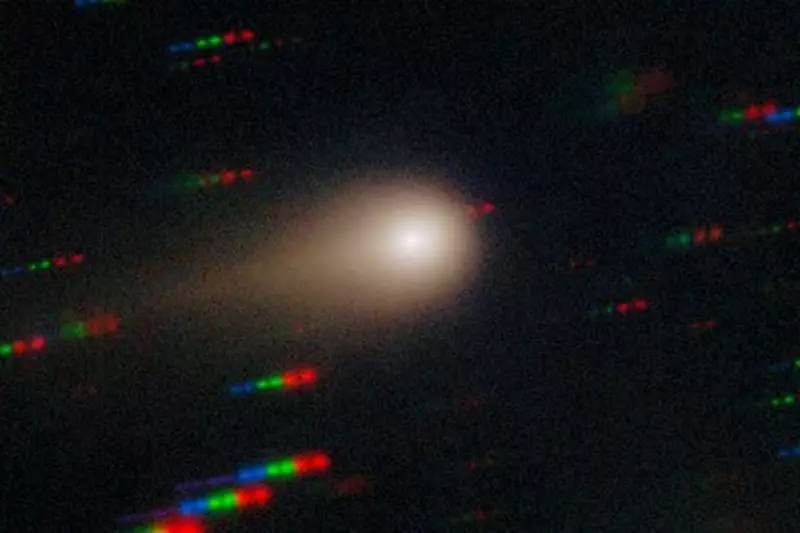
In a cosmic spectacle that both delighted and disappointed astronomers, the mysterious interstellar comet ATLAS met a fiery end during its close encounter with our Sun, according to groundbreaking NASA research.
The comet, officially designated C/2019 Y4 (ATLAS), initially sparked excitement among the scientific community when it was discovered in December 2019. Early observations suggested it could become one of the brightest comets visible from Earth in decades.
The Rise and Fall of a Cosmic Wanderer
"We got very excited when we first saw this comet appearing to brighten dramatically," said Dr. David Jewitt, lead researcher from UCLA. "But instead of treating us to a spectacular show, it gave us something even more valuable - crucial insights into the nature of interstellar objects."
As ATLAS approached the inner solar system, astronomers watched in fascination as the comet began to fragment. Rather than reaching peak brightness, it disintegrated into approximately two dozen icy pieces during its close solar approach in April 2020.
NASA's Solar Observatory Captures Final Moments
The Solar Terrestrial Relations Observatory (STEREO) spacecraft provided crucial data, capturing the comet's final hours as it ventured within 75 million miles of the Sun. These observations revealed that ATLAS couldn't withstand the intense solar radiation at such proximity.
Researchers determined this was the comet's first and only passage through the inner solar system, having originated from the Oort cloud - a distant spherical shell of icy bodies surrounding our solar system.
Scientific Silver Lining
Despite the anticlimactic end, the comet's disintegration provided scientists with unprecedented opportunities to study comet composition and fragmentation processes. The research team analyzed the comet's behaviour using both NASA's Hubble Space Telescope and the STEREO spacecraft.
"The rapid brightening followed by sudden fragmentation tells us about the structural strength and composition of these interstellar visitors," explained Dr. Jewitt. "Each such event helps us understand the building blocks of planetary systems beyond our own."
This research continues humanity's growing understanding of interstellar objects, following the 2017 detection of 'Oumuamua - the first confirmed visitor from another star system.





